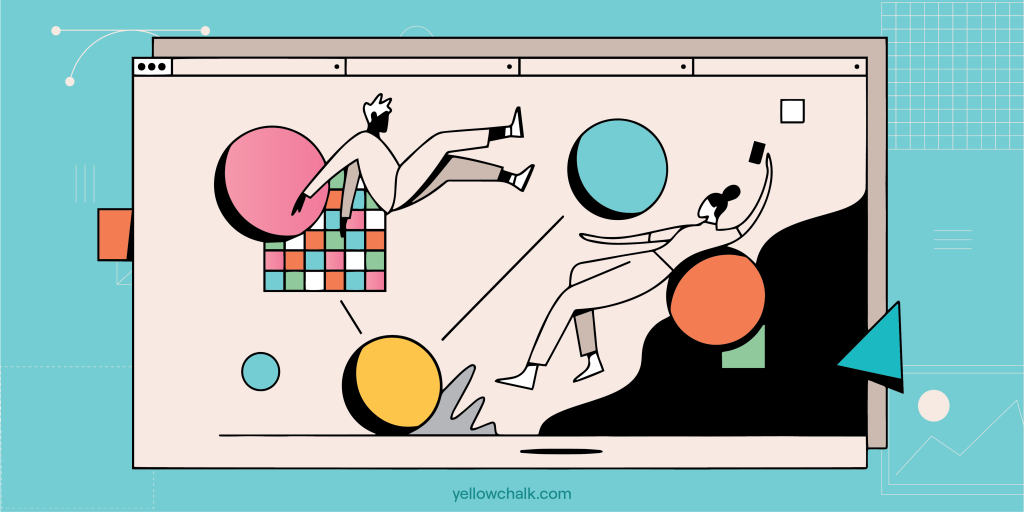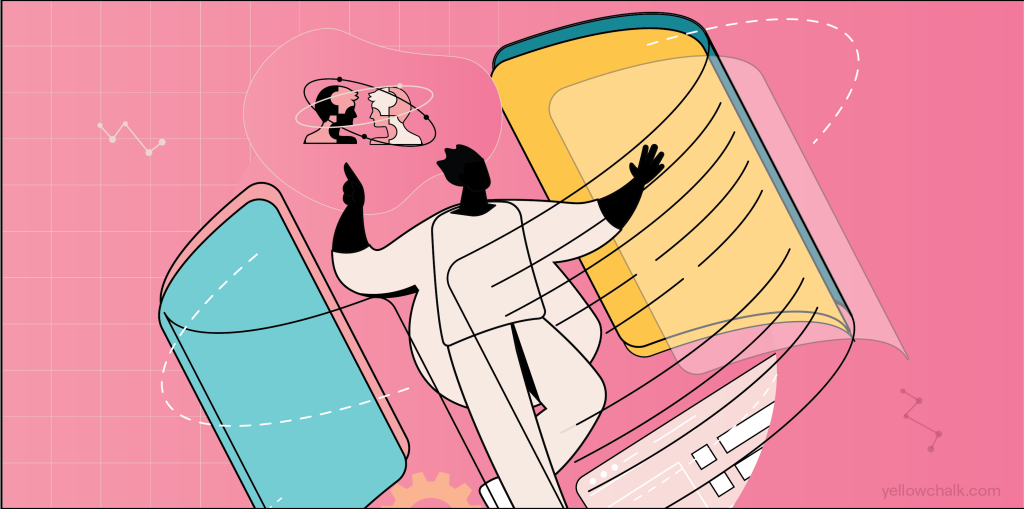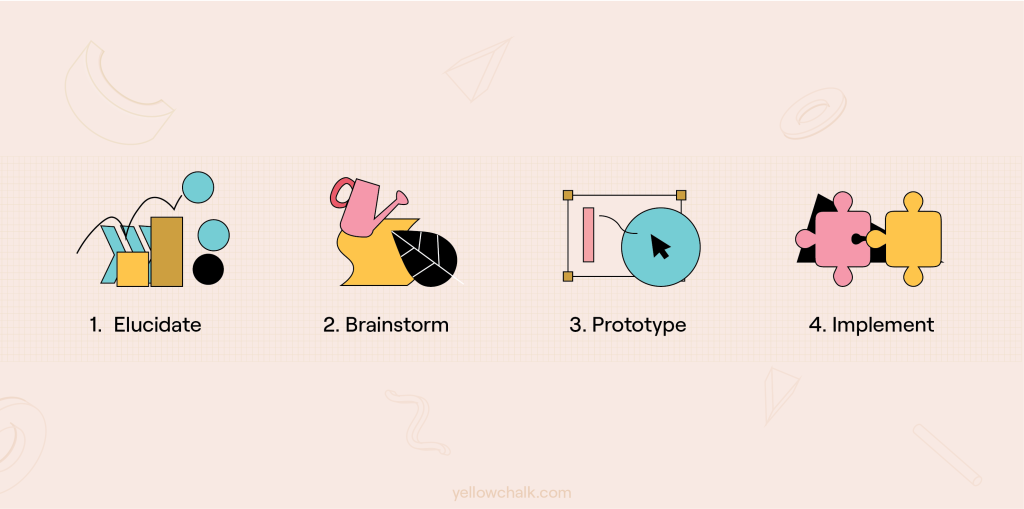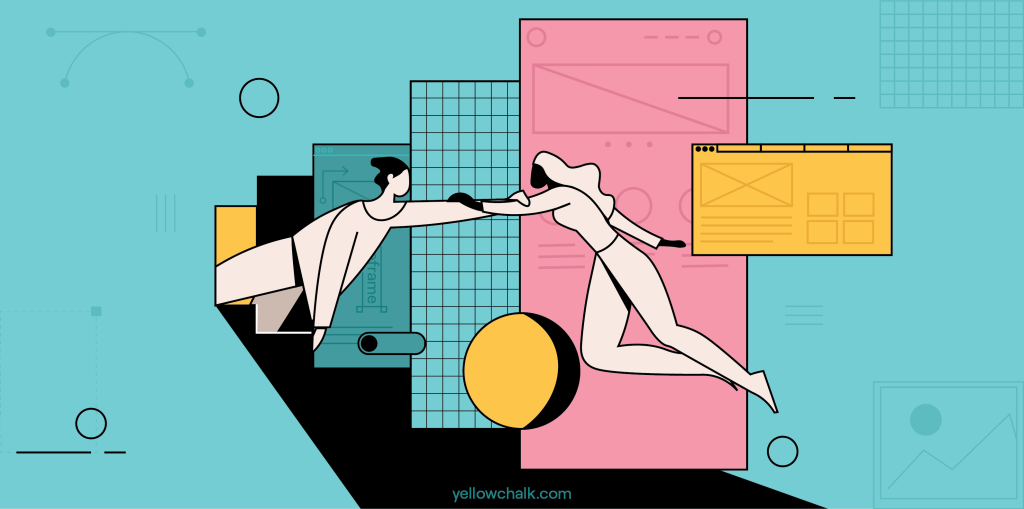GOT A UI/UX
DESIGN PROJECT?
How Human-Centered Design Can Revolutionize The Way We Solve Problems

What is Human-Centered Design?
Human-centered design, also referred to as user-centered design, focuses on meeting the needs, wants, and limitations of the people who will use the solution, and it is an approach to problem-solving. The process involves comprehending the users, their needs, and their context, followed by designing solutions that cater to their particular requirements.
At its core, human-centred design is about empathy. It requires designers to step outside of their own perspectives and immerse themselves in the world of their users. This involves conducting research, talking to users, and observing their behaviour in order to gain a deep understanding of their needs, desires, and pain points.
Designing for People: The Key to Effective Problem-Solving

Design thinking is a process, mindset, and approach to solving complex problems.
Nobel Prize laureate Herbert Simon endorsed human-centered design as an approach that includes a process, mindset, and methodology for tackling complex problems. Stanford University Design School teaches this innovative approach, and organizations such as DC Design have implemented it to create effective and impactful solutions to problems that affect small or large groups of people.
What Makes Human-Centered Design Stand Out
Human-centered design differs from other problem-solving techniques due to its strong emphasis on understanding the perspective of those who experience a problem, their needs, and whether solutions meet their requirements. Effective human-centered design involves involving those most affected by a problem in the design process and making them part of the design team whenever possible.
After obtaining a clear understanding of the users, the designers can initiate the process of brainstorming and ideating potential solutions. It is imperative that the solutions are tested and refined based on user feedback to ensure that the final product adequately meets the users’ needs.
One of the key benefits of human-centered design is that it can lead to solutions that are more effective and efficient. By focusing on the needs of the users, designers can create products and services that are more intuitive and easier to use. This can result in increased user satisfaction, improved adoption rates, and ultimately, greater success for the business or organization.
Another benefit of human-centered design is that it can lead to more innovative solutions. By involving users in the design process, designers can gain new insights and perspectives that they may not have otherwise considered. This can lead to breakthrough ideas and solutions that can differentiate a business or organization from its competitors.
Human-centered design can be applied to diverse fields, including healthcare, education, and public policy, not just limited to product design. It can help create patient-centric products and services in healthcare, improving the overall experience for patients and their families.
The Art of Empathy: How Human-Centered Design Sets Itself Apart from Other Approaches
Don Norman emphasized designers’ responsibility to consider the people who use their designs during significant technological advancements in electronics and computing in the second half of the 20th century.
Many systems’ designers overlooked the human limitations of users.
Early computers were extremely hard to understand. The first ones — created in the 1940s — required specialists to operate them in closed environments.
In the 1980s, widespread use of smaller computers by non-specialists led to issues like the Unix system Ed not prompting users to save their changes, resulting in lost work.
Highly visible prompts to save our work were yet to come.
Breaking Down Human-Centered Design into Four Key Phases

Srikant Datar, the Dean of Harvard Business School Online, has divided human-centered design into four distinct phases.
- Elucidate
- Brainstorming
- Prototyping
- Implementation
1. Elucidate
The first stage of design thinking is gathering information and observing customers to gain clarity about the problem & potential solutions.
This phase emphasizes user research and empathy to understand customer needs and experiences. It involves analyzing customer needs, asking questions, and identifying challenges they face while using products.
2. Brainstorming
The second phase of human-centered design uses brainstorming tools to generate prioritized solutions based on user insights.
Low-fidelity prototypes are created and tested to refine ideas before investing resources in a fully-functional prototype. This approach leads to better solutions and saves time and costs while improving product quality.
3. Prototyping
During this phase, you merge and evaluate the concepts generated in the ideation phase to produce various potential solutions. This process improves user needs and helps to select ideas for prototyping, reducing costs and time, and enhancing product quality.
When evaluating concepts, it is critical to consider the three characteristics of human-centered design, namely desirability, feasibility, and viability.
4. Implementation
The final stage of human-centered design is implementation, including communication of the value of innovation to stakeholders, internal and external.
Consider organizational culture and group dynamics as they can impact the team’s ability to develop user-focused solutions. Adaptation is crucial to meet customers’ evolving needs even after reaching this stage. A human-centered approach can help you continue to innovate and achieve product-market fit over time.
Final Thoughts

In conclusion, human-centered design is crucial for businesses and organizations prioritizing user experience. Its unique approach prioritizes understanding users’ needs and involving them in the design process whenever feasible. This ensures solutions meet real-world requirements and improve overall user experience. Do take a moment to have a look at our resources that will aid you during your next project
Got some more useful tips for human-centered design? Get in touch with us, we’d love to hear your thoughts.
